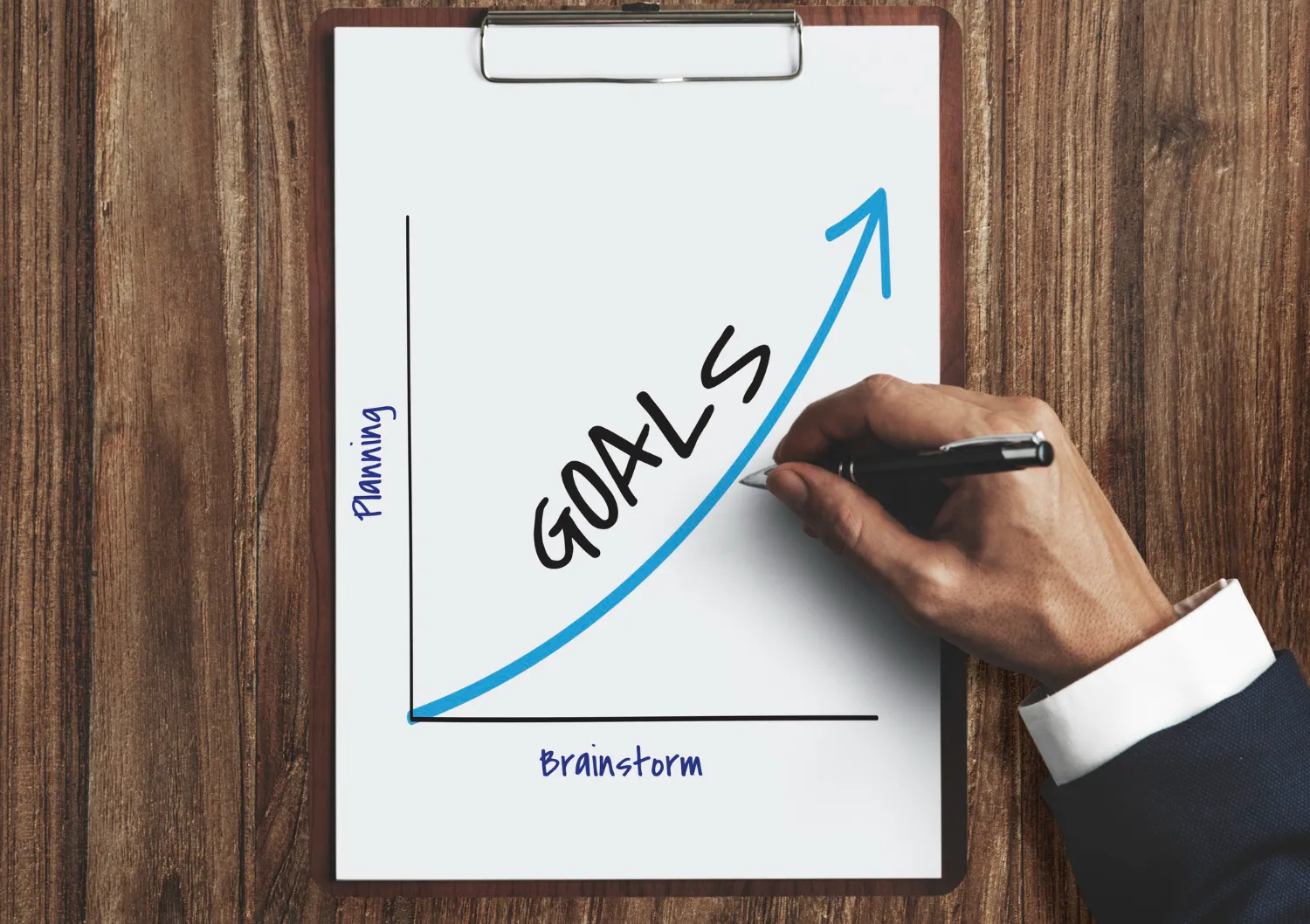Strategic Thinking in Solution Discovery: Aligning Business Goals with User Experience and Engineering Solutions

The intersection of business goals and user experience has evolved. From a focus on achieving specific metrics (e.g., revenue, and conversion rates) to more holistic approaches that balance the needs of all stakeholders, organizations have developed strategies for aligning UX with business goals. In this article, we'll explore how these strategies have changed through the years—from selling software solely on its features and benefits to demonstrating ROI by focusing on human-centered solutions that meet users' needs in meaningful ways.
Defining Success: Metrics and Key Performance Indicators for Strategic Alignment
Before you begin to design a solution, it's important to define the problem. This is where many people get lost in their thinking and order a solution discovery service before they have clearly defined what they want to achieve.
The first step in defining success is setting goals for yourself and your team or organization. These goals should be ambitious but realistic; setting yourself up for failure by being too ambitious will only hurt morale and make you feel bad about yourself (and possibly your team). If we're going to spend time working on something new, let's make sure that it helps us achieve something meaningful!
For example: let's say I want my fitness goal this year is “I want my running pace at 6 minutes per mile or less.” Achieving this goal would mean doing some serious training over the next few months so I can run fast enough without getting tired this might mean running more often than usual during those months when I'm trying out new things like speed workouts or hill sprints (which are both pretty tough!).
Beyond the User Interface: How Business Processes Shape Solution Strategies
Business processes are the foundation of any organization. They define how work gets done, who does it, and in what order. They determine how data is created, stored, and accessed. Processes also play an important role in shaping the user experience because they can have a huge impact on how people interact with your product or service or even whether they use it at all.
How you design business processes can have an enormous impact on how users experience your product or service: if you don't design them correctly from the start, it's difficult to change them later without disrupting everyone involved (including yourself).
ROI of UX: Demonstrating the Business Value of User-Centric Solutions
To ensure that your team has a shared understanding of the problem and its context, you must start with a clear definition of what the goal is. For example, if you're trying to lose weight, your goal could be something like “To lose 15 pounds within three months while maintaining muscle mass.” This gives everyone on the team clear guidance about what success looks like and how fast they need to move for it to happen.
Don't worry about what other people think their goals should be; only worry about setting yours! Be ambitious but realistic: if someone else says they want something different than what's written above (e.g., “I want to lose 20 pounds within two months”), ask yourself whether those targets are achievable given where we currently are in terms of our understanding of user needs/behaviors/uses cases, etc. Remember: defining success early on can help prevent scope creep down the road!
Evolving Strategies: Adapting to Market Dynamics and User Trends
Adapting to market dynamics and user trends is a continuous journey that businesses must take to stay relevant and competitive. As market dynamics change along with new technologies, economic trends, and industry developments, strategic thinking in solution discovery becomes the compass that guides organizations through the complexities of change. Understanding and responding to the evolution of user trends is equally important, as user expectations continually shape the digital landscape. A dynamic strategy not only anticipates these changes but also embraces them, using market shifts and user preferences as opportunities for innovation. Therefore, companies need to understand industry trends, analyze user behavior, monitor conversions, and improve user experience, which can be done with the help of UI UX consulting. In this way, you can position yourself not only as a company that responds quickly to changes but also as a leader that shapes the future of user experience and engineering solutions. In this dynamic environment, evolving strategies are not just a necessity, they become a strategic advantage, driving agility, innovation, and sustained success in an ever-changing marketplace.
Conclusion
We hope this article has provided you with some insights into how strategic thinking can influence the success of your product. It's a complex process that requires collaboration between many different teams, but it's also one that will pay off in the long run if done properly. We know from experience that when UX designers and engineers work together early on in their project, they're able to identify potential pitfalls before they hit production and that saves companies time and money down the road!